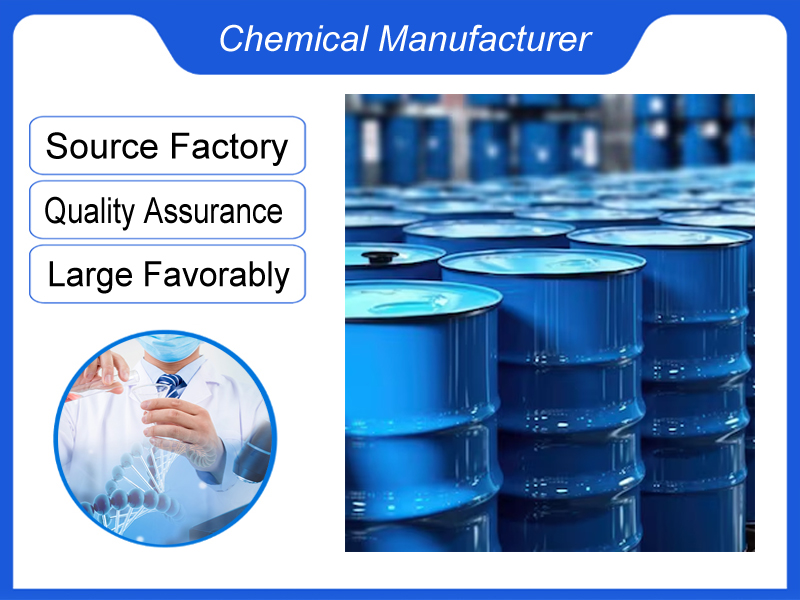
sodium carboxymethyl cellulose (CMC)
We are a manufacturer based in China. We specialize in providing high-quality sodium carboxymethyl cellulose (CMC) for industrial clients across various sectors. Whether you need chemicals consultation or technical support, our team is here to help.
Category:Other Additives Own Brand:MT /MOQ:100KG /From China/ B2B only.
Introduction
Physical Properties
It has a relatively low melting point of 97.72 °C and a boiling point of 883 °C. Sodium is a good conductor of heat and electricity. Its density is 0.97 g/cm³, which is less than that of water, enabling it to float on water.
Chemical Reactivity
Sodium is highly reactive. It reacts vigorously with water, producing sodium hydroxide (NaOH) and hydrogen gas. The reaction is exothermic, often causing the hydrogen to ignite. In air, it rapidly forms a layer of sodium oxide (Na₂O).
Occurrence
Sodium is abundant in nature but never found in its pure form due to its high reactivity. It is commonly found in compounds such as sodium chloride (NaCl, table salt), which is widespread in seawater and salt deposits.
Biological Significance
In the human body, sodium ions (Na⁺) play crucial roles. They are essential for nerve impulse transmission, muscle function, and maintaining fluid balance. However, excessive sodium intake, mainly from dietary salt, can lead to health issues like high blood pressure.
| Category | Content |
|---|---|
| Element Name | Sodium |
| Symbol | Na |
| Atomic Number | 11 |
| Atomic Mass | 22.9898 |
| Physical Properties | – Soft, silvery-white metal with a low melting point (97.81°C) and boiling point (882.9°C).<br>- Density: 0.97 g/cm³. |
| Chemical Properties | – Highly reactive, especially with water and oxygen.<br>- Forms various compounds such as sodium chloride (NaCl), sodium carbonate (Na₂CO₃), and sodium hydroxide (NaOH). |
| Common Salts | – Sodium chloride (table salt, NaCl): Widely used in food and industry.<br>- Sodium carbonate (Na₂CO₃): Used in glass manufacturing and as a cleaning agent.<br>- Sodium bicarbonate (NaHCO₃): Used as a leavening agent in baking. |
| Industrial Uses | – As a reducing agent in the production of metals like titanium and zirconium.<br>- In the manufacture of sodium compounds (e.g., sodium hydride, sodium peroxide).<br>- As a coolant in nuclear reactors.<br>- In the production of alloys and as a component in sodium vapor lamps. |
| Biological Role | – Essential for maintaining fluid balance, nerve function, and muscle contraction in humans.<br>- Found primarily in extracellular fluids and is a key component of table salt. |
| Health Impact | – Excessive sodium intake can lead to hypertension and cardiovascular diseases.<br>- Sodium deficiency is rare but can occur in cases of severe dehydration. |
| Environmental Impact | – Sodium compounds are widely used in water treatment and as de-icing agents.<br>- Sodium lamps are used for street lighting due to their high efficiency. |
| Safety Considerations | – Sodium reacts violently with water, producing hydrogen gas and heat, which can cause explosions.<br>- Should be stored under an inert atmosphere or in mineral oil to prevent oxidation |
If you're ready to take the next step, Leave your message below and we’ll reply soon. 20+ years of chemical manufacturing & export experience, a partner you can trust.





